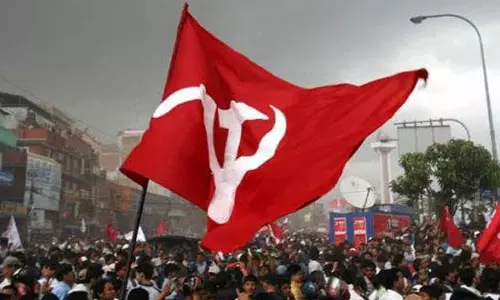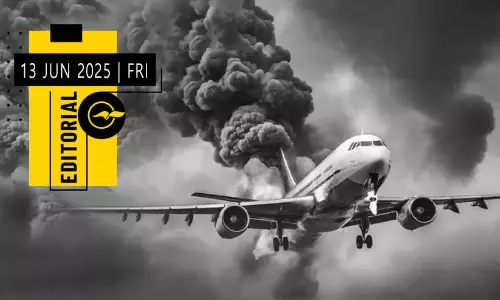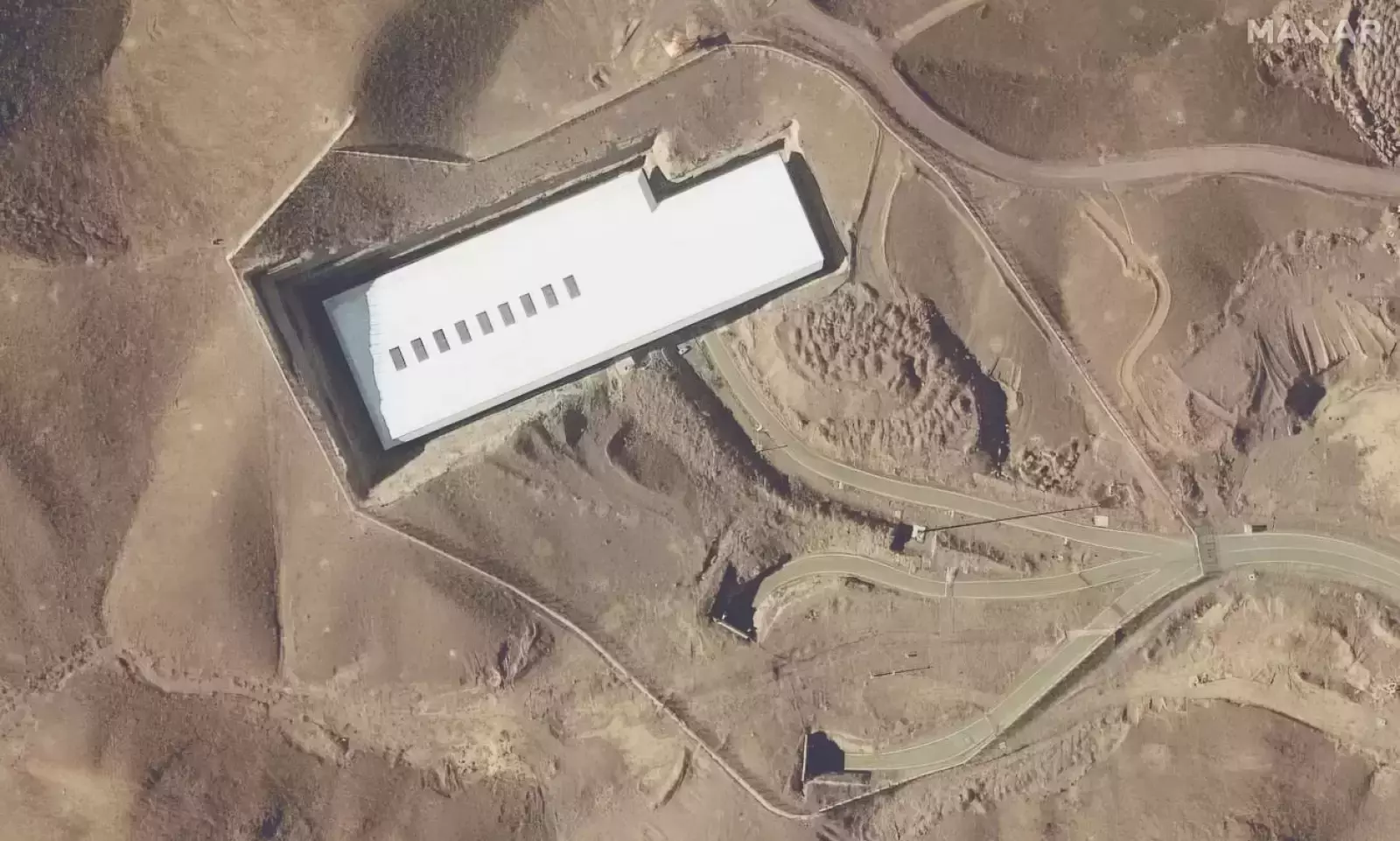
India ramps up Russian oil imports as Israel-Iran conflict escalates
text_fieldsNew Delhi: India has ramped up purchases of Russian oil in June, importing more than the combined volumes from key Middle Eastern suppliers such as Saudi Arabia and Iraq, amid market volatility triggered by Israel's dramatic attack on Iran.
The escalation, which began with Israel’s strike on Iranian nuclear sites on June 13 and was followed by direct U.S. airstrikes on three Iranian targets, has heightened fears of potential disruptions in vital oil supply routes and intensified geopolitical tensions across the region.
According to preliminary data from global trade analytics firm Kpler, Indian refiners are expected to import between 2 and 2.2 million barrels per day (bpd) of Russian crude oil in June—marking the highest monthly volume in two years. This figure surpasses the combined imports from traditional Middle Eastern suppliers such as Iraq, Saudi Arabia, the UAE, and Kuwait. In comparison, imports from Russia stood at 1.96 million bpd in May.
India’s purchases from the United States have also surged, with June volumes reaching 439,000 bpd, up sharply from 280,000 bpd in May. Meanwhile, total crude imports from the Middle East are projected to decline to around 2 million bpd this month, compared to higher levels in previous months.
As the world’s third-largest importer and consumer of crude oil, India sources approximately 5.1 million barrels per day from global suppliers. Historically reliant on the Middle East, India began diversifying its crude sources following Russia’s invasion of Ukraine in February 2022. With Western sanctions isolating Moscow and Europe cutting back on Russian oil, discounted Russian crude became a financially attractive option for Indian refiners, propelling Russia to account for nearly 40% to 44% of India’s total crude imports.
While the military conflict between Iran and Israel has not yet disrupted oil shipments, analysts warn of potential short-term volatility. Kpler’s Lead Research Analyst, Sumit Ritolia, noted that vessel activity suggests an impending decline in crude loadings from the Middle East. The number of empty tankers, or ballast vessels, headed into the Gulf has dropped from 69 to 40, and signals from ships bound for the Middle East Gulf (MEG) via the Gulf of Oman have halved, hinting at tightening regional supply.
The strategic Strait of Hormuz, through which nearly 20 per cent of global oil trade and substantial LNG volumes pass, remains a critical chokepoint. The strait lies between Iran to the north and Oman and the UAE to the south and is vital for oil exports from regional producers including Saudi Arabia, Iraq, and Kuwait. India imports about 40% of its crude oil and nearly half of its gas through the Strait of Hormuz.
The threat of Iran closing the Strait has grown following the airstrikes. Iranian hardliners and state media have issued warnings that oil prices could spike to USD 400 per barrel if Tehran follows through on the threat. However, Kpler assesses the probability of a complete blockade as low. Ritolia explained that Iran’s top oil customer, China, receives nearly half of its seaborne crude from the Middle East Gulf, and Iran itself relies on Hormuz for 96% of its oil exports via Kharg Island—making any self-imposed blockade counterproductive.
Additionally, Iran has spent the past two years rebuilding diplomatic relations with key regional players like Saudi Arabia and the UAE. Both nations depend heavily on Hormuz for oil exports and have publicly criticised Israel’s military actions. Disrupting their oil flows would risk undoing Tehran’s recent diplomatic progress.
A blockade would also risk severe international backlash. Any Iranian naval build-up in the strait would likely be detected in advance and trigger a swift response from U.S. and allied forces. At most, analysts suggest that limited sabotage could cause brief interruptions lasting 24 to 48 hours—enough time for U.S. forces to neutralise conventional Iranian naval threats. Furthermore, such actions would damage Iran’s backchannel engagements with the U.S. and strain ties with Oman, which controls access to the strait.
India’s evolving energy strategy has proven adaptive. Russian oil—primarily Urals, ESPO, and Sokol grades—avoids the Strait of Hormuz entirely, flowing instead via the Suez Canal, around the Cape of Good Hope, or through the Pacific Ocean. Indian refiners have upgraded their facilities for greater crude flexibility and diversified payment systems. While importing from the U.S., West Africa, and Latin America may involve higher freight costs, these options remain viable as fallback sources.
Ritolia noted that India's current import volumes from Russia and the U.S. reflect a strategic shift towards resilience. Should the conflict intensify or even temporarily impact shipping through Hormuz, Indian refiners are expected to increase reliance on Russian barrels for cost and availability advantages. Simultaneously, a pivot toward the U.S., Nigeria, Angola, and Brazil may occur despite logistical costs.
India also has the option to draw from its strategic petroleum reserves, which cover approximately 9 to 10 days of national consumption, to manage any sudden supply shortfalls.
With PTI inputs


























